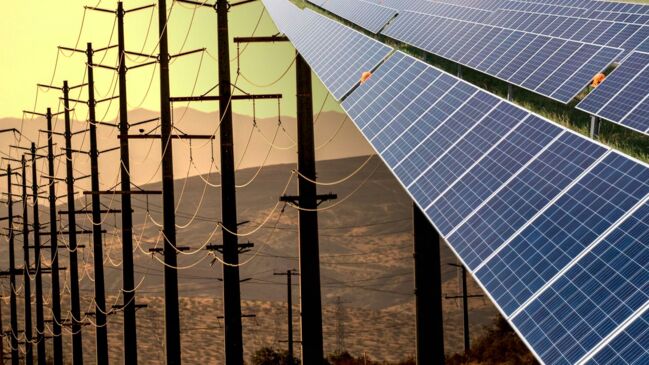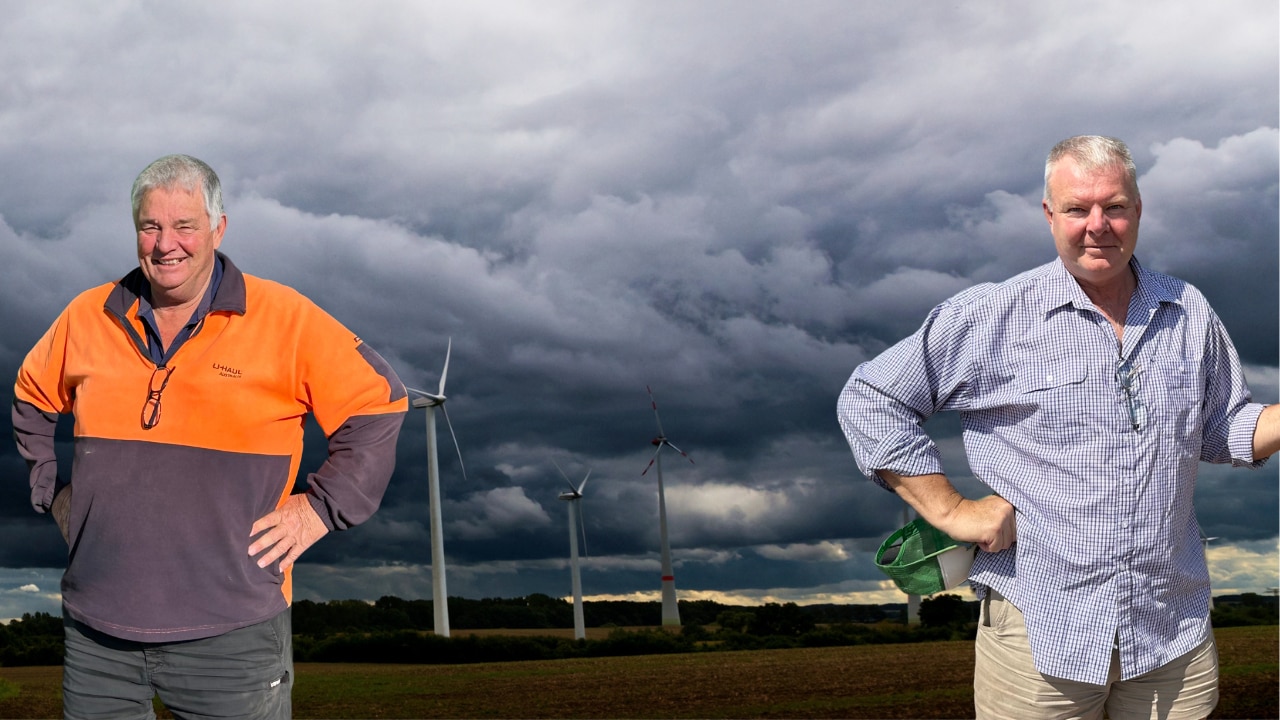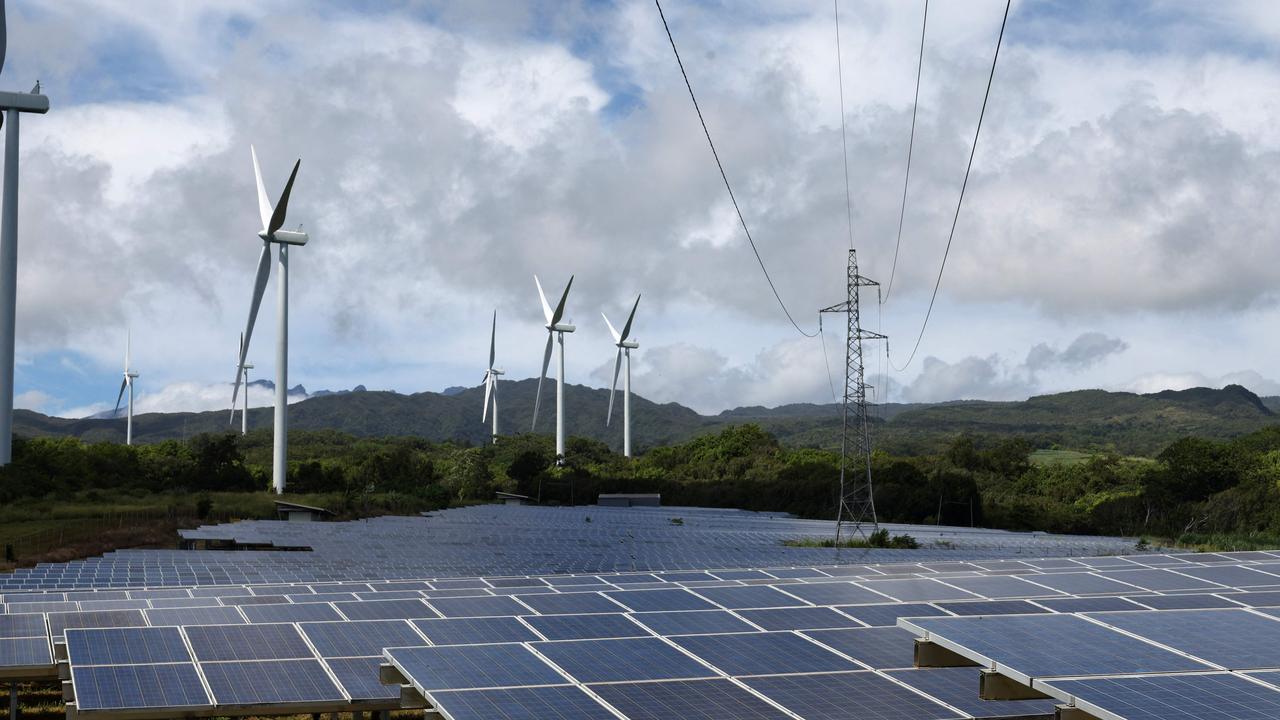Energy market operator to get oversight on VPPs
So-called Virtual Power Plants are expected to dominate the grid as a growing number of Australian households and businesses install solar and batteries.

Australia’s energy market operator will get oversight on the capacity of so-called virtual power plants (VPP) as a growing number of households and businesses install solar and batteries.
Australia currently has about 15GW of rooftop solar, equivalent to 25 per cent of the grid’s generation capacity, and a growing number of households and businesses are expected to install batteries to store excess capacity that is currently flooding the grid during periods of low demand.
The rapid increase in solar and batteries is expected to give rise to ever larger VPPs.
A VPP pools thousands of households or businesses with rooftop solar and batteries. Batteries are used to store excess energy generated through rooftop solar. But if a user is deemed to have sufficient energy in their battery, it could be discharged into the wholesale market when prices are high, offering them a financial return and helping to ease the squeeze on the grid.
While the uptake of batteries remains stunted by high prices, Origin Energy’s VPP is growing rapidly and it is now its biggest single unit generator of electricity.
The cost of batteries are expected to fall substantially in the coming years, intensifying demand particularly as electricity prices increase. A growing number of companies are competing aggressively for new customers with offers of zero per cent interest loans to spur greater uptake.
But the Australian Energy Markets Commission has proposed tweaking rules to give the country’s market operator greater oversight of the VPPs.
The AEMC said integrating virtual power plants into the planning of the National Electricity Market (NEM) will aid the Australian Energy Market Operator in its planning.
“By integrating them more effectively, AEMO could accurately determine how much energy demand needs to be met, how to meet this demand and the price at which electricity is purchased,” the AEMC said.
“Through this, energy companies using the mechanism would improve the demand forecasts which underpin the efficient operation of the NEM. This would result in lower electricity spot prices, reduced generation costs, and decreased network expenses.”
The rise of VPPs are widely seen as central if Australia is to achieve its ambitious renewable energy target of having zero emissions sources generate more than 80 per cent of the country’s electricity by 2030.
Australia is struggling to build renewable energy generation quickly enough to compensate for the loss of coal, and the rise of VPPs offers a much-needed boost.
The rise of VPPs will still, however, require significant overhaul of Australia’s distribution network. Building new transmission lines has proven to be the major sticking point in Australia’s energy transition.
If Australia is unable to build enough renewable energy assets, it would be forced to lengthen its reliance on coal generators.
Coal is the dominant source of Australia’s electricity network, providing about 60 per cent of the country’s power. Prolonging the use of coal would undermine Australia’s renewable energy target and scupper the country’s plan to be net zero by 2050.






